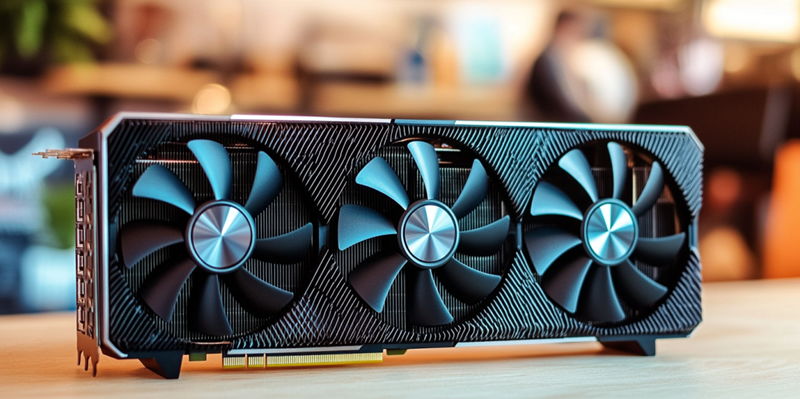Gamers are postponing their hardware upgrades, creating a noticeable dip in GPU sales as they await the next-generation offerings from AMD, Nvidia, and Intel. According to Jon Peddie Research, gaming GPU shipments fell by a striking 14.5 percent in the third quarter of 2024 when compared to the second quarter. This decline is largely attributed to gamers holding off on purchases in anticipation of more advanced and powerful options expected to hit the market soon. The market sees slight changes in company shares, with AMD’s share decreasing by 2 percent and Nvidia’s share experiencing an identical rise; these shifts, however, are minor against the backdrop of broader market dynamics.
Anticipation of Upcoming Releases
Expectations are high for the upcoming GPU releases from AMD and Nvidia, which aim to transform the current gaming hardware landscape. AMD’s strategy appears to be shifting, focusing on scale rather than solely catering to the high-end market. Leaked references to the RDNA 4 series—featuring the RX 8800 and RX 8600—suggest that these models could make their debut at the Consumer Electronics Show (CES). In contrast, Nvidia is also gearing up for a big reveal at CES with its RTX 5000 series, which will likely include the RTX 5090, 5080, 5070, and 5070 Ti. This competitive drive for innovation could offer gamers a range of new choices, encouraging them to wait for these anticipated advancements before making any major purchases.
Intel’s Entry in Midrange Market
Intel is actively making its entry into the midrange GPU market, poised to compete with AMD and Nvidia, which may also be contributing to gamers delaying their upgrades. As gamers eagerly await the latest technology, the anticipation is creating a temporary lull in sales. Once the new models are released, it is expected that the market will see a resurgence, driven by the demand for cutting-edge gaming performance and features that the new GPUs will offer.

